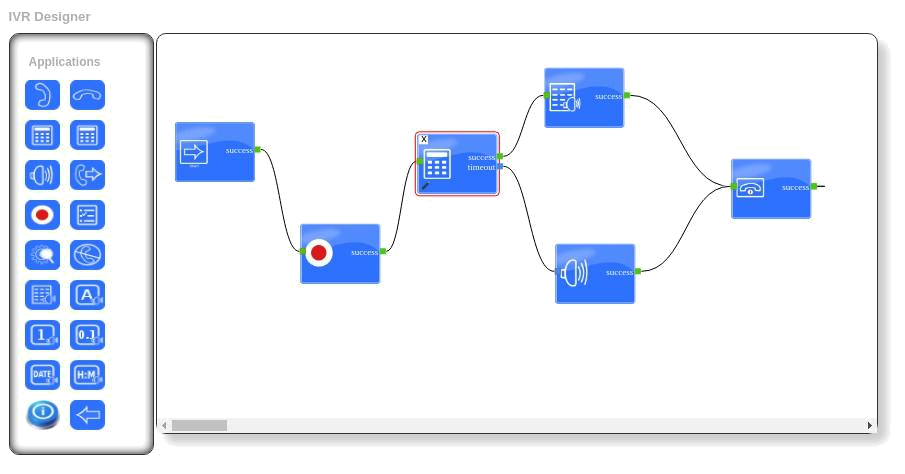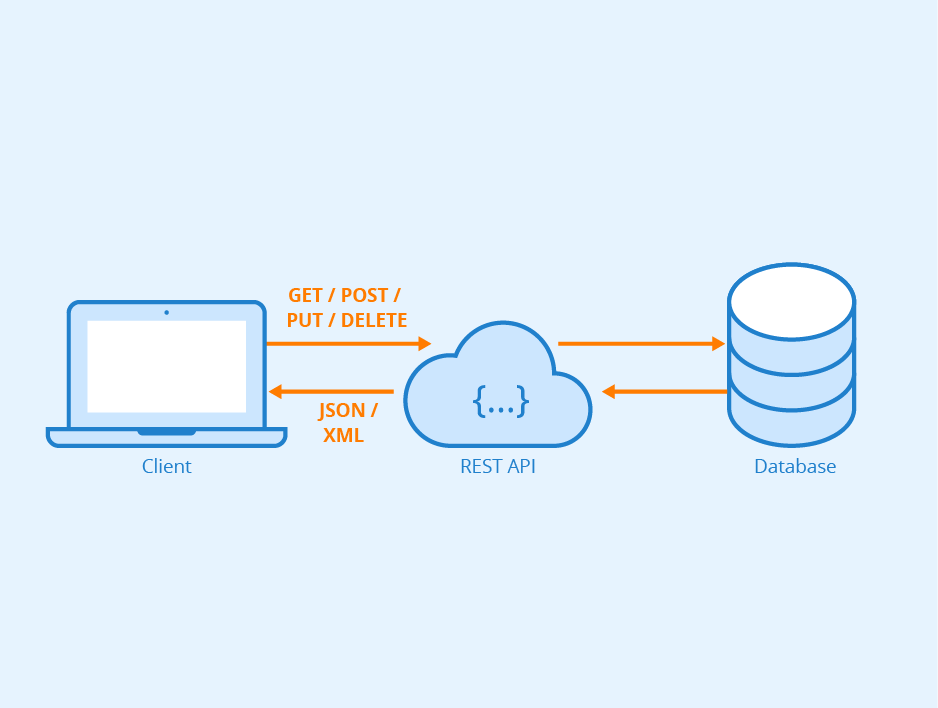In today’s fast-paced digital landscape, businesses are constantly seeking ways to enhance their customer interactions and streamline operations. Computer Telephony Integration (CTI) frameworks have emerged as a crucial technology for achieving these goals. For modern developers, understanding and leveraging CTI frameworks is no longer optional but essential. This article delves into the reasons why CTI frameworks for developers are indispensable, exploring their benefits, applications, and best practices for implementation.
What is a CTI Framework?
CTI frameworks enable the seamless integration of computer systems with telephony systems. This integration allows for the automation and optimization of various communication processes, such as call routing, customer information retrieval, and interaction tracking. By bridging the gap between telephony and information systems, CTI frameworks facilitate more efficient and effective customer service operations.
The Evolution of CTI Frameworks
CTI technology has evolved significantly since its inception. Early implementations were limited to basic call management functionalities. However, modern CTI frameworks offer a comprehensive suite of features, including:
- Interactive Voice Response (IVR) Systems: Automate customer interactions with pre-recorded messages and menu options.
- Automatic Call Distribution (ACD): Efficiently route calls to the appropriate agents based on predefined rules.
- Screen Pop-Ups: Provide agents with relevant customer information as soon as a call is received.
- Call Recording and Monitoring: Enable quality assurance and compliance with regulatory requirements.
- Integration with CRM Systems: Enhance customer relationship management by linking telephony data with customer profiles.
Why CTI Frameworks Matter for Modern Developers
1. Enhancing Customer Experience
One of the primary reasons CTI frameworks are essential for developers is their ability to significantly enhance the customer experience. By integrating telephony systems with customer data, businesses can deliver personalized and efficient service. Developers play a critical role in implementing and customizing these integrations to ensure seamless operations.
For example, a customer calling a support center can be automatically identified through their phone number, allowing the system to retrieve their profile and previous interaction history. This enables the agent to provide a more personalized and informed response, reducing call handling time and increasing customer satisfaction.
2. Streamlining Operations
CTI frameworks automate many routine tasks, freeing up agents to focus on more complex customer issues. For developers, this means creating and maintaining systems that handle tasks such as call routing, data retrieval, and interaction logging. By automating these processes, businesses can achieve greater operational efficiency and reduce costs.
3. Integration with CRM and Other Systems
Modern businesses rely on various software systems to manage their operations. CTI frameworks enable the integration of telephony systems with Customer Relationship Management (CRM) platforms, Enterprise Resource Planning (ERP) systems, and other business applications. Developers are essential in creating these integrations, ensuring data flows seamlessly between systems.
For instance, integrating a CTI framework with a CRM system allows agents to access customer information in real-time, providing a more cohesive and informed service. Additionally, developers can create custom applications that leverage CTI data to drive business intelligence and decision-making.
4. Enabling Remote Work
The shift towards remote work has made CTI frameworks even more crucial. Developers are tasked with creating solutions that enable remote agents to access telephony systems and customer data securely. Cloud-based CTI frameworks have become increasingly popular, providing the flexibility and scalability needed for remote work environments.
5. Improving Agent Performance
CTI frameworks provide valuable insights into agent performance through features like call recording, monitoring, and analytics. Developers play a key role in implementing these features and creating dashboards that visualize performance metrics. This data can be used to identify areas for improvement, provide targeted training, and ultimately enhance the overall quality of customer service.
Key Features of Modern CTI Frameworks
To fully appreciate the importance of CTI frameworks, it’s essential to understand their key features and how they benefit developers and businesses alike.
1. Interactive Voice Response (IVR)
IVR systems allow customers to interact with automated menus using their phone keypad or voice commands. Developers create IVR scripts and design call flows that guide customers to the appropriate resources or agents. This reduces the workload on agents and ensures customers are directed to the right place quickly.
2. Automatic Call Distribution (ACD)
ACD systems route incoming calls to the most suitable agent based on predefined criteria, such as agent availability, skill level, or customer priority. Developers configure these routing rules and ensure the system is optimized for efficient call handling.
3. Screen Pop-Ups
Screen pop-ups display relevant customer information on the agent’s screen as soon as a call is received. Developers integrate CTI frameworks with CRM systems to fetch and display this information in real-time. This feature allows agents to address customer needs promptly and with full context.
4. Call Recording and Monitoring
Call recording and monitoring capabilities are essential for quality assurance and compliance. Developers implement these features to capture and store call recordings securely. Additionally, they create monitoring tools that allow supervisors to listen in on live calls and provide real-time feedback to agents.
5. CRM Integration
Integrating CTI frameworks with CRM systems throught the rest API’s is perhaps the most impactful feature for businesses. Developers ensure that telephony data is seamlessly integrated with customer profiles, enabling a 360-degree view of customer interactions. This integration empowers agents with the information they need to provide exceptional service.
Best Practices for Implementing CTI Frameworks
Implementing a CTI framework requires careful planning and execution. Here are some best practices for developers to ensure a successful implementation:
1. Understand Business Requirements
Before starting the implementation, developers should thoroughly understand the business requirements and objectives. This involves collaborating with stakeholders to identify pain points, desired outcomes, and key performance indicators (KPIs).
2. Choose the Right CTI Framework
Selecting the right CTI framework is crucial for a successful implementation. Developers should evaluate different frameworks based on factors such as features, scalability, compatibility with existing systems, and vendor support. Open source options can provide flexibility and cost savings, while proprietary solutions may offer more comprehensive support and advanced features.
3. Plan for Integration
Integration with existing systems is a critical aspect of CTI implementation. Developers should create a detailed integration plan that outlines the data flow between systems, the technologies used, and any potential challenges. This plan should also include testing procedures to ensure the integration works seamlessly.
4. Focus on User Experience
The success of a CTI implementation depends on the user experience for both agents and customers. Developers should design intuitive interfaces and workflows that minimize the learning curve for agents. Additionally, they should gather feedback from users during the testing phase and make necessary adjustments.
5. Ensure Data Security
Security is paramount when dealing with telephony and customer data. Developers must implement robust security measures to protect sensitive information. This includes encryption, access controls, and regular security audits.
6. Monitor and Optimize
Once the CTI framework is implemented, developers should continuously monitor its performance and gather feedback from users. This data can be used to identify areas for improvement and optimize the system for better efficiency and effectiveness.
The Future of CTI Frameworks:
The future of CTI frameworks looks promising, with ongoing advancements in technology driving new capabilities and applications. Here are some trends that developers should keep an eye on:
1. Artificial Intelligence (AI) and Machine Learning
AI and machine learning are poised to revolutionize CTI frameworks. Developers will need to incorporate these technologies to create intelligent systems that can analyze customer interactions, predict outcomes, and provide personalized recommendations.
2. Omnichannel Integration
As customers use multiple communication channels, CTI frameworks will need to support seamless integration across various platforms, including voice, chat, email, and social media. Developers will play a crucial role in creating unified solutions that provide a consistent experience across all channels.
3. Enhanced Analytics
Advanced analytics will become increasingly important for businesses to gain insights into customer behavior and agent performance. Developers will need to implement sophisticated analytics tools that can process and visualize large volumes of data in real-time.
4. Cloud-Based Solutions
The shift towards cloud-based CTI frameworks will continue, offering greater flexibility, scalability, and cost-effectiveness. Developers will need to design and implement cloud-native solutions that can adapt to changing business needs.
Conclusion
CTI frameworks are indispensable tools for modern developers, offering a wide range of benefits that enhance customer experience, streamline operations, and integrate seamlessly with other business systems. As businesses continue to prioritize customer-centric strategies, the demand for skilled developers who can implement and optimize CTI frameworks will only grow. By understanding the importance of CTI frameworks and following best practices for implementation, developers can drive significant value for their organizations and stay ahead in a competitive landscape.
Leveraging Open Source in ICT


